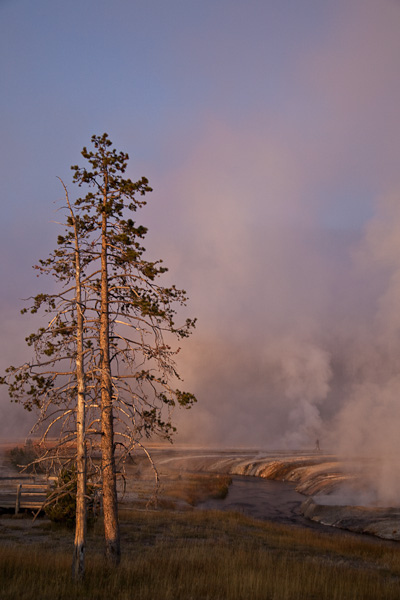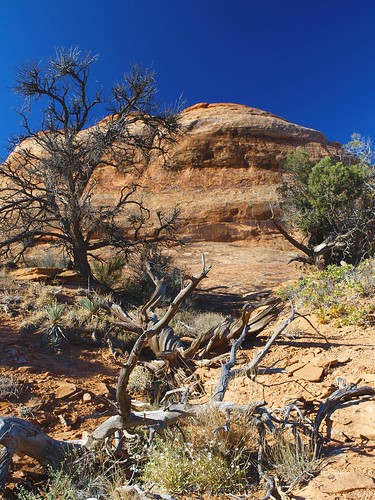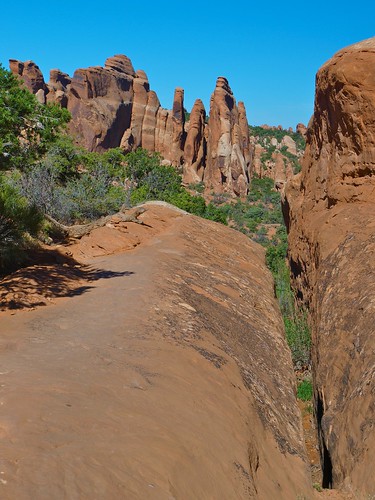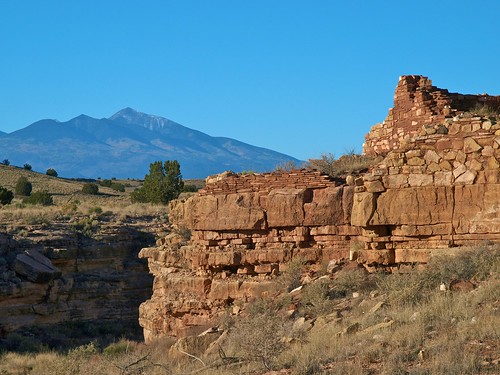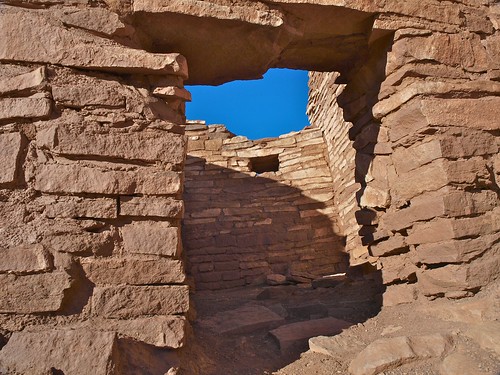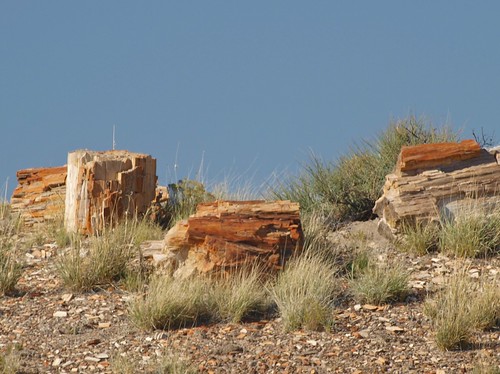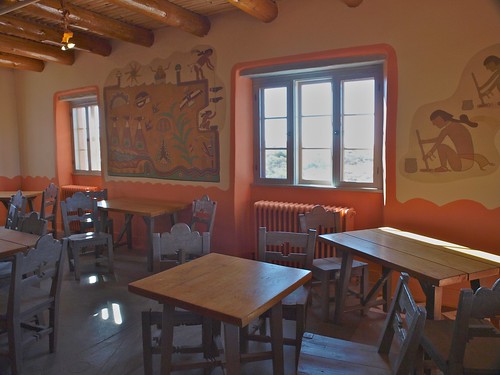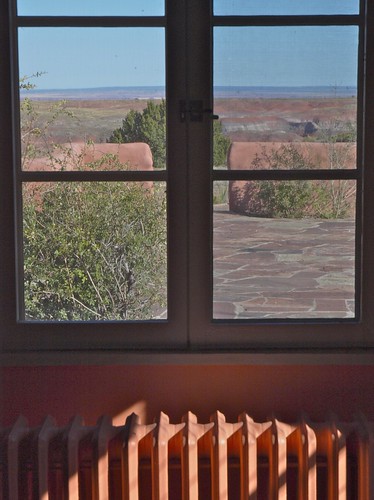Some mornings it is harder to capture a sunrise photograph than other times.
When I’m camping and I’ve sat by the late evening campfire admiring the red embers of the dying fire and gazed at the Milky Way until the early hours of the morning, it takes extra effort for me to be ready and in the car before sunrise the next morning. But it is often worth it. It surely was a few mornings ago, when I took this magical photograph.
I was photographing the geysers along the boardwalk in the Black Sand Basin.
This basin is a smaller part of the Upper Geyser Basin in Yellowstone National Park. It was just past sunrise. We had finished exploring this basin and were headed to the Old Faithful complex. Sherpa had already headed back to the parking lot. I was lingering in the eerie, early light.
I turned for one more look at this mystical place.
This place with such an ancient feel, with steam curling out of the earth and hovering thickly in the cool morning. (It was 28˚F, so the hot springs were steaming almost everywhere you looked in the thermal part of the park.)
Just one more look, just as the sunlight spotlighted these lodge pole pines.
I am so grateful that in my photo practice, I always make it a point to turn around to check on what is behind me before I stop shooting.
